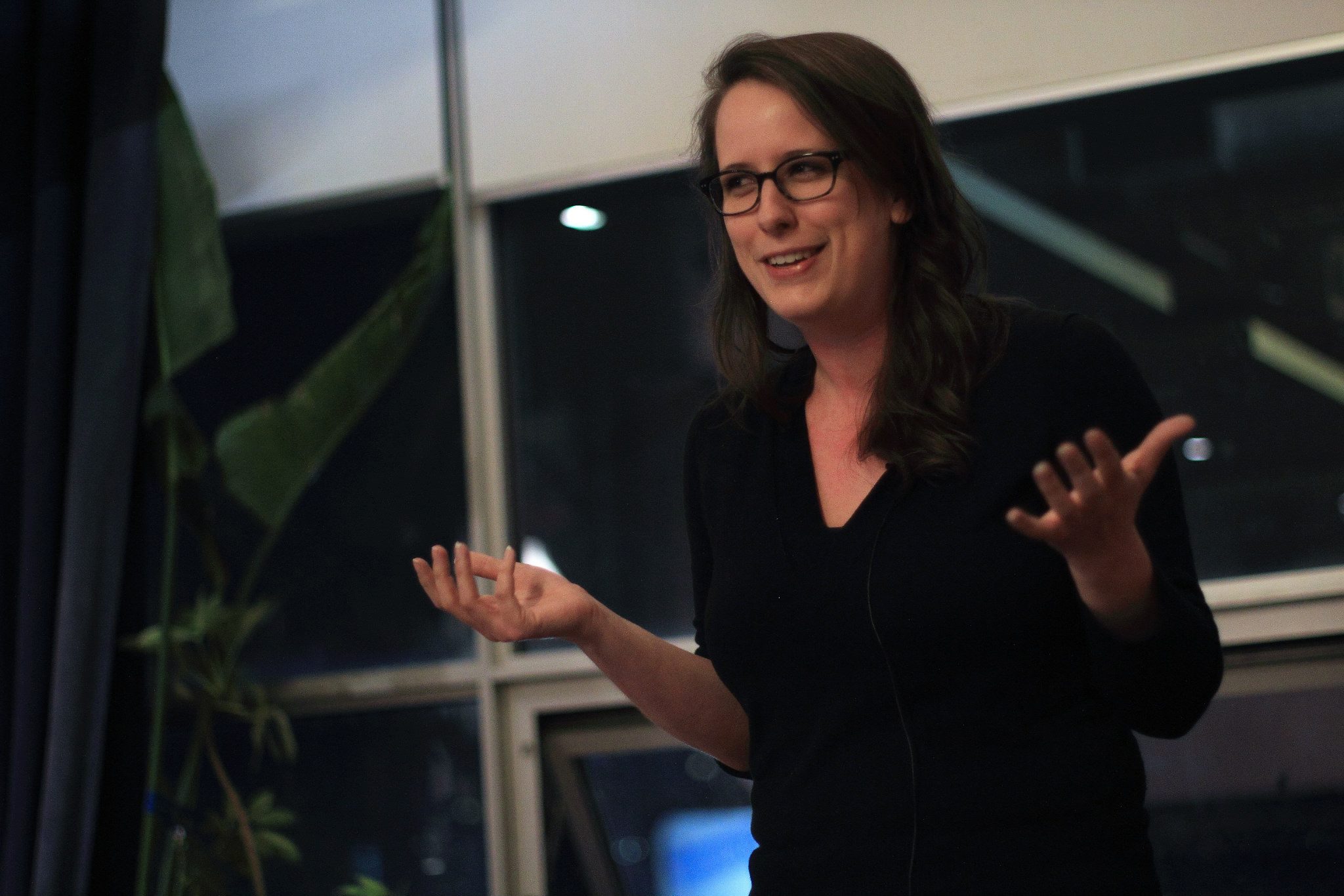Are you ready to start sharing stories about your chronic illness?
Sharing your story can be intimidating, but it can also be incredibly rewarding while making a huge difference for other people living with chronic illness. So where do you start?
1. Get Inspired
Have you ever heard a patient story that changed the way you think about your illness? Maybe you learned something practical about managing your symptoms. Maybe you realized that you could shift the way you think about living with chronic illness. Maybe that story made you feel less alone. Chronic illness can be so isolating, and our stories have the incredible power to change that. So before you get started, think back on your favorite essays, books, videos, and other stories that you’ve loved. If these stories made a difference to you, then your story can make a difference to somebody else.
2. Define your boundaries
Before you start sharing your story, it’s a good idea to set clear boundaries about what you want to share and what you want to keep to yourself. Maybe you want to talk about your experiences with doctors but you don’t want to talk about your relationship. Maybe you’re ready to talk about your physical symptoms but you’d prefer to keep your mental health private. Your boundaries are up to you, and you can tell a good story no matter where you set them. Don’t worry if there are only a few things that you’re ready to talk about right now. Life or death situations are actually well represented in media so it’s just as important to share things that feel like they have low stakes. These are often the kinds of problems that make people feel the most alone because we barely hear about them. When you honestly share a story about struggling to cook dinner, you’re telling other people that they aren’t the only ones struggling. Just think about how powerful that is!
3. Start Simply
Pick a specific moment that you want to share. It can be a doctor’s appointment, a time when you felt like your illness held you back, a breakthrough moment with your treatment, or something else that feels important to you. What do you know now that changes the way you think about this moment? What feeling does the moment evoke for you? We’re going to start by thinking about that feeling, because it’s important. If your story is about struggling to cook dinner, then you might have felt frustrated or sad or angry.
4. Capture that feeling
When you sit down to write, try to tell your story as if your feeling is the climax. This can make it easier to know what details to include and what details to leave out. In that story about trying to cook dinner, you might want to share the expectations that you had for a delicious meal, the little frustrations that started to accumulate, and the moment when your feelings took over. The way you feel at the peak of the story should seem inevitable to your readers or listeners, even if they’ve never experienced anything like this before. Try to describe how your body felt and what you did in that moment. Were your fists clenched? Was your vision blurry? Did you need to sit down and take a deep breath? The more descriptive you are, the easier it will be for your audience to empathize.
5. Get going!
Now that you’ve written it all out, it’s time to practice. If you’re nervous about sharing something so personal, then start small. Practice your story in real life conversations, on social media, or even in the mirror. Get used to feeling vulnerable. Sometimes sharing your story can be uncomfortable, so don’t forget about those inspiring stories you collected in stage one! Once you start to put your story out there, it’s only a matter of time before you become an inspiration to somebody else.
Brianne Benness is the host of No End In Sight, an interview-style podcast about life with chronic illness, and a co-founder of Stories We Don’t Tell, a live monthly storytelling event in Toronto.


2 Responses
I would like to share my story
Wonderful! I will reach out to you directly.